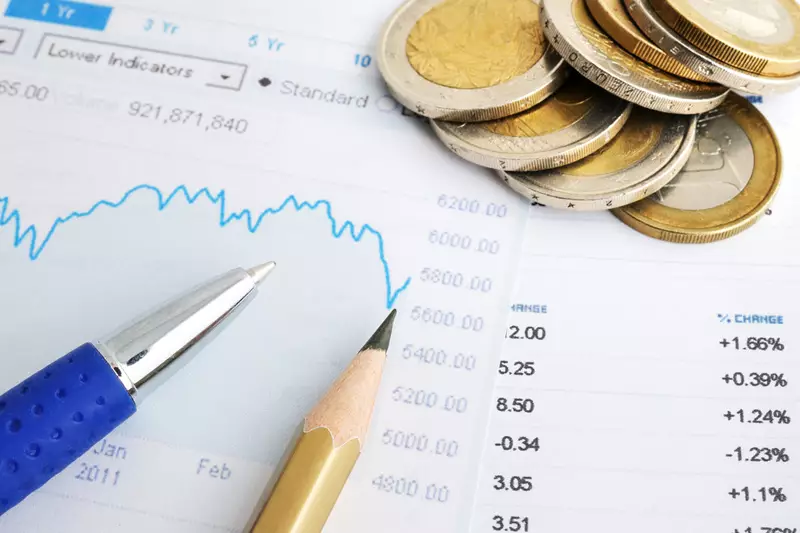The U.S. dollar surged to its peak since November amid rising geopolitical tension in the Middle East and a growing discrepancy in monetary policy between the Federal Reserve and other major central banks. Investors sought the safe-haven of the dollar as Israel awaited a potential attack from Iran or its proxies following the killing of a senior Iranian officer in Damascus. This heightened risk, combined with hawkish U.S. inflation data and a robust employment report, fueled a spike in demand for the dollar, according to Brad Bechtel, the global head of FX at Jefferies.
Conversely, the euro plummeted to a five-month low against the dollar after the European Central Bank hinted at a possible interest rate cut. The market expectation for the Fed is to maintain higher rates until later in the year, creating a disparity in interest rate forecasts between the U.S. and European economies. As a result, the euro suffered its most substantial weekly decline since late September 2022, with the single currency trading at $1.0637.
Additionally, the broad strength of the dollar pushed the yen to a 34-year low, prompting concerns about potential intervention from Japanese authorities to support the currency. However, recent economic data from the U.S., including labor market and inflation figures, have led to a reduction in expectations for a Fed rate cut. Market sentiment has shifted, with predictions for a cut in June decreasing to 26% from over 50% a week prior.
The differing outlooks for interest rates have widened the gap between U.S. Treasury and German bund yields to levels not seen since 2019. This significant difference has increased the attractiveness of U.S. bonds and consequently bolstered the dollar. While U.S. economic indicators point towards stable inflation pressures, the University of Michigan’s consumer sentiment report indicated a softening sentiment in April alongside heightened inflation expectations for the coming months.
Moreover, the sterling weakened against the dollar, registering its most substantial weekly drop since mid-July. On the other hand, the yen rebounded as the dollar gained against the Japanese currency, reaching its highest level since the mid-1990s. Finance Minister Shunichi Suzuki’s statement regarding potential intervention in the foreign exchange market appeared to temper the yen’s movements, resulting in a weekly decline of about 0.8% against the dollar.
The convergence of geopolitical uncertainties in the Middle East, diverging monetary policies between the U.S. and other major central banks, and shifting market expectations have collectively propelled the U.S. dollar to its November high. As global economic conditions remain fluid and unpredictable, investors and policymakers alike must closely monitor these factors to navigate the evolving landscape of the foreign exchange market.

